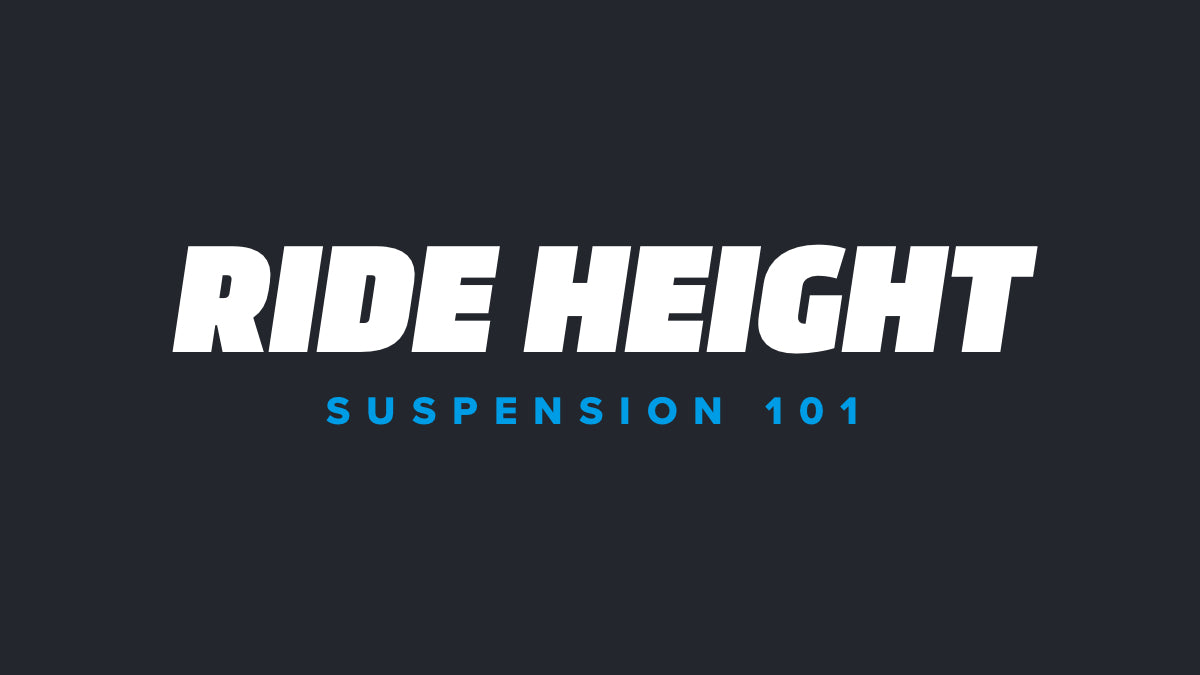Ride height adjustments are a very powerful modification that drastically changes the overall appearance of the car, but more importantly affects the overall behavior of the car. Changing the ride height always affects the car's handling and performance. Though asymmetrical (left-to-right) ride heights and spring rates are very common in oval racing, in the vast majority of cases, keeping the car symmetrical is best for performance.
Note: The term used when comparing the front ride-height to the rear ride-height is "rake." When the front suspension is set lower than the rear, the car is said to have "Positive Rake".
Front:
Lowering the ride height of the front of the car will shift more weight to front, improving front tire grip and thus shifting the balance to less understeer and/or more oversteer. Raising the ride height of the front will shift weight to the rear, improving the grip of the tires at the end of the car and shifting the handling balance toward understeer.
Rear:
Lowering the ride height at the rear of the car will shift the weight and grip to the rear. This shifts the handling balance toward understeer. Raising the ride height at the rear of the car will shift the weight and grip to the front of the car. This shifts the handling balance toward oversteer.
Ultimately, you will want to make adjustments geared toward your driving style and your goals as a driver with that particular vehicle.


Share:
Suspension 101: Overview
Coil-Overs vs. Standard Shocks: What’s the Difference?